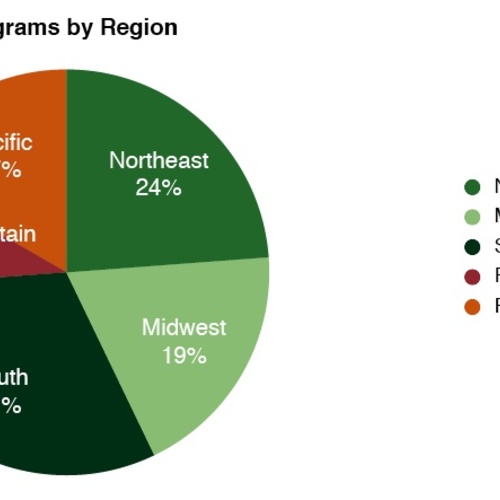
Low prices, $8K tax credit attract customers, bumping the NAHB/Wells Fargo HMI up five points
From March to April the National Association of Home Builders/Wells Fargo Housing Market Index – NAHB’s measure of builder perceptions of current single-family home sales and sales expectations in the next six months – jumped five points, to 14.
Some see the increase as a sign that the overall single-family housing market may be nearing bottom, pulling out of free-fall, entering the trough – pick a metaphor.
The reality is that an index reading of 50 indicates more than half the builders surveyed have a positive view of market conditions, and it’s obvious a reading of 14 is a good distance from normal. But the March-April jump from 9 to 14 also at least suggests that buyers may be coaxed along by the $8,000 first-time buyer tax credit and relatively low listing prices.
Also in the cautious glass-half-full category were Commerce Department figures released this week that show single-family starts have remained essentially unchanged during the first quarter. (Multifamily starts dropped 10.8% in March, however.)
The NAHB says it is looking for relief from what it calls “the ongoing lockdown on builder acquisition, development and construction (AD&C) financing.”
“Restoring health to our nation’s economy will require a substantial housing recovery, and that recovery is contingent on breaking the logjam in AD&C lending that presents an ever-increasing obstacle for home builders,” NAHB Chief Economist David Crowe said in a recent press release.
Probably just as important as the AD&C issue is the rate of unemployment, which has implications for all sectors of the economy. That is where stimulus-funded weatherization projects, state energy programs, and energy-efficiency tax credits can come into play in a significant way, by both creating and saving jobs in green construction and energy-saving improvements.
Weekly Newsletter
Get building science and energy efficiency advice, plus special offers, in your inbox.












0 Comments
Log in or create an account to post a comment.
Sign up Log in